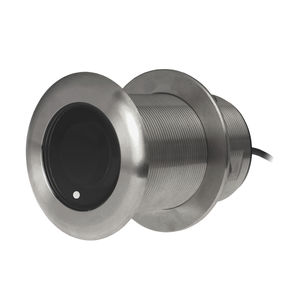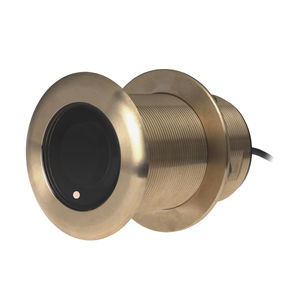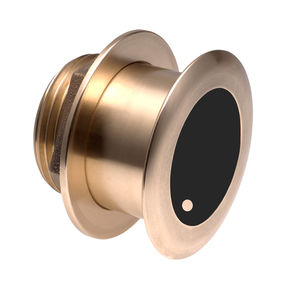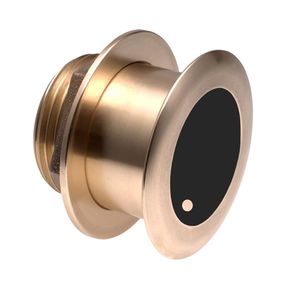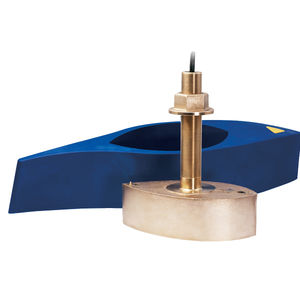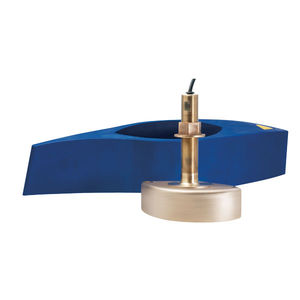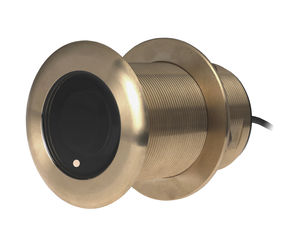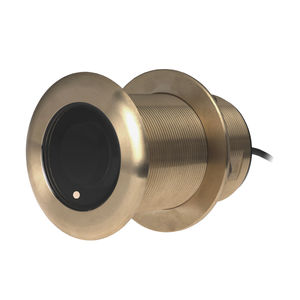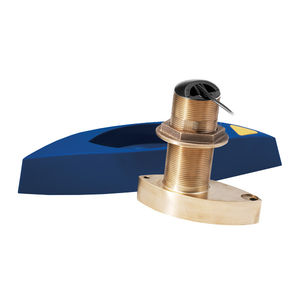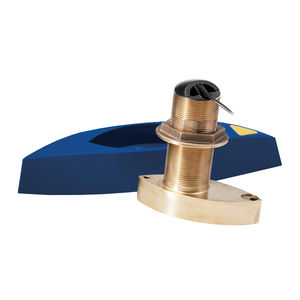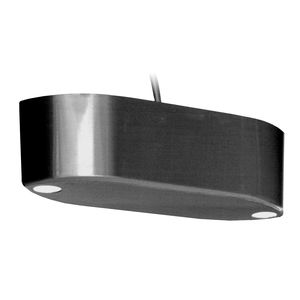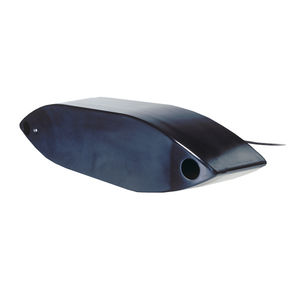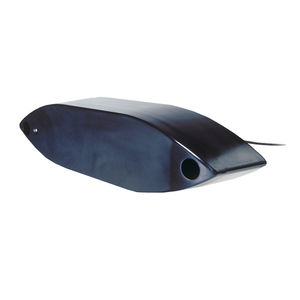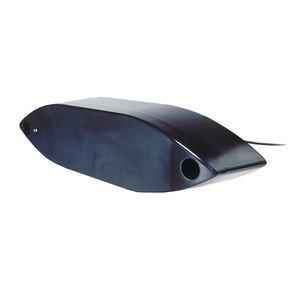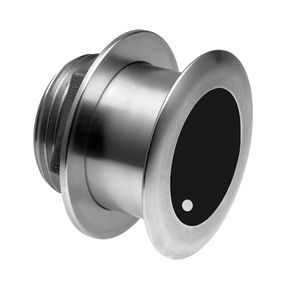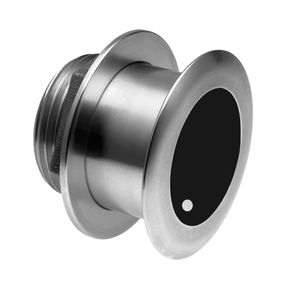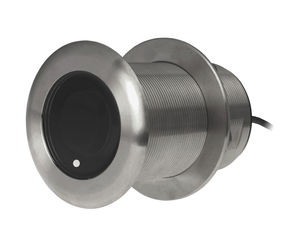
Depth transducer R509LHwater temperatureacousticfor boat
Add to favorites
Compare this product
fo_shop_gate_exact_title
Characteristics
- Measured value
- depth, water temperature, acoustic
- Application domain
- for boat
- Applications
- fishfinder
- Other characteristics
- ultrasonic, CHIRP
Description
The R509LH is the go-to transducer for today’s top captains who want maximum depth capability combined with the excellent target resolution of the high-frequency band.
This powerhouse transducer delivers extreme target detail, bottom discrimination, and bait and game-fish separation at all depths. The R509LH is packed with a twenty-five element, low-frequency array that operates at anywhere between 28 and 60 kHz.
The single, high-frequency ceramic operates at any frequency between 130 and 210 kHz and has a narrow (8° to 4°) beam, delivering amazing target resolution and bottom detail.
Features
Depth and fast-response water-temperature sensor
2 to 3 kW of power for exceptional deep-water performance
Low frequency: 28 to 60 kHz
23° to 9° port-starboard beamwidth
11° to 5° fore-aft beamwidth
Maximum performance to 3,048 m (10,000')
High frequency: 130 to 210 kHz
8° to 4° beamwidth
Maximum depth of 457 m (1,500')
112 kHz of total bandwidth from one transducer
Covers popular fishing frequencies of 50 and 200 kHz plus everything else in the bandwidth
Urethane housing with fairing for optimal performance
Also available as pocket/keel (CM599LH) and in-hull (R599LH) mounts
Exclusive Xducer ID® technology
Specifications
Weight: 20.8 kg (46 lb.)
Recommended Boat Length: 12 m (40') and above
Hull Material: Compatible with all hull materials
Hull Deadrise: 0° to 22°
Acoustic Window: Epoxy/urethane
Includes: Fairing and mounting hardware
Transducer Element: 25 internal broadband ceramic assemblies
Catalogs
Ultra Wide Beam Chirp
4 Pages
Thru-Hull
6 Pages
Exhibitions
Meet this supplier at the following exhibition(s):


Related Searches
- AIRMAR boat sensor
- AIRMAR temperature sensor
- AIRMAR depth transducer
- AIRMAR ultrasonic sensor
- AIRMAR acoustic sensor
- AIRMAR fishfinder sensor
- AIRMAR water temperature sensor
- AIRMAR CHIRP sensor
- AIRMAR NMEA 2000® sensor
- Wireless sensor
- Ship flow meter
- Fuel flow meter
- Boat flow meter
- Bluetooth sensor
- Oceanographic research sensor
- Flow sensor
- NMEA flow meter
*Prices are pre-tax. They exclude delivery charges and customs duties and do not include additional charges for installation or activation options. Prices are indicative only and may vary by country, with changes to the cost of raw materials and exchange rates.






